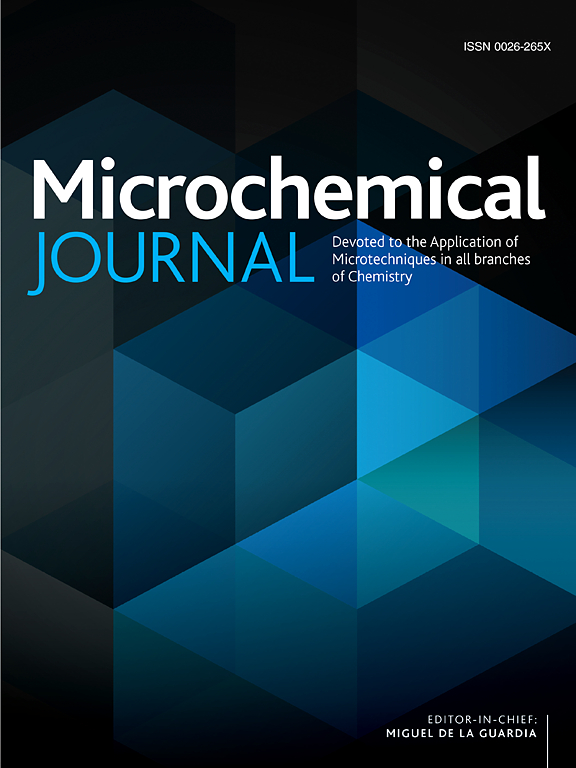An aptamer/CRISPR electrochemical (ACE) biosensor for Plasmodium falciparum histidine-rich protein II and SARS-CoV-2 nucleocapsid protein
IF 4.9
2区 化学
Q1 CHEMISTRY, ANALYTICAL
引用次数: 0
Abstract
The trans-cleavage activity of CRISPR Cas12 and Cas13 on single-stranded DNA has been widely applied for biosensing and diagnostic applications. Typically, such approaches have traditionally been limited to the sensing of nucleic acids. Here, we have combined CRISPR Cas12 with nucleic acid aptamers to enable protein recognition by an electrochemical approach. To demonstrate the versatility of this approach, we have successfully detected two important protein disease biomarkers: Plasmodium falciparum histidine-rich protein II (PfHRP2) as a biomarker of malaria, and SARS-CoV-2 nucleocapsid (N) protein as a biomarker of COVID. We designed activable aptasensors by annealing aptamers to a complementary locking strand. CRISPR Cas12 trans-cleavage is initiated by strand displacement upon protein binding, thereby cleaving a redox reporter conjugated to DNA on an electrode, transducing into an electrochemical signal. The limits of detection for PfHRP2 and COVID N protein are 45.5 nM and 8.18 nM respectively with high specificity towards their targets. Protein detection by such CRISPR-assisted ACE biosensors can be potentially expanded and multiplexed across several critical biomarkers in parallel.

求助全文
约1分钟内获得全文
求助全文
来源期刊

Microchemical Journal
化学-分析化学
CiteScore
8.70
自引率
8.30%
发文量
1131
审稿时长
1.9 months
期刊介绍:
The Microchemical Journal is a peer reviewed journal devoted to all aspects and phases of analytical chemistry and chemical analysis. The Microchemical Journal publishes articles which are at the forefront of modern analytical chemistry and cover innovations in the techniques to the finest possible limits. This includes fundamental aspects, instrumentation, new developments, innovative and novel methods and applications including environmental and clinical field.
Traditional classical analytical methods such as spectrophotometry and titrimetry as well as established instrumentation methods such as flame and graphite furnace atomic absorption spectrometry, gas chromatography, and modified glassy or carbon electrode electrochemical methods will be considered, provided they show significant improvements and novelty compared to the established methods.
 求助内容:
求助内容: 应助结果提醒方式:
应助结果提醒方式:


